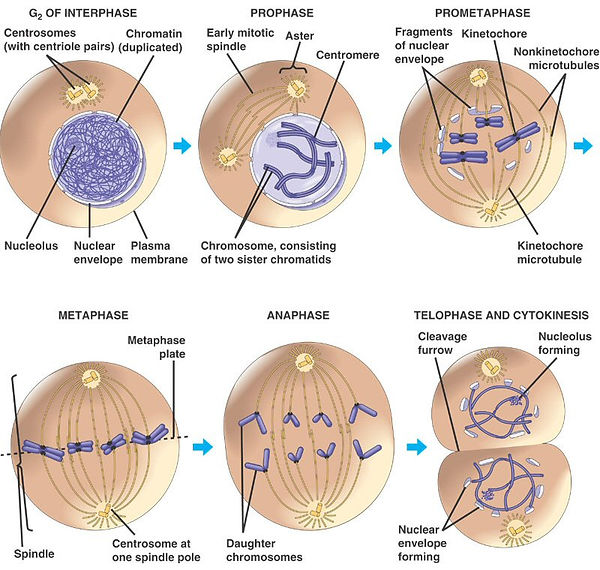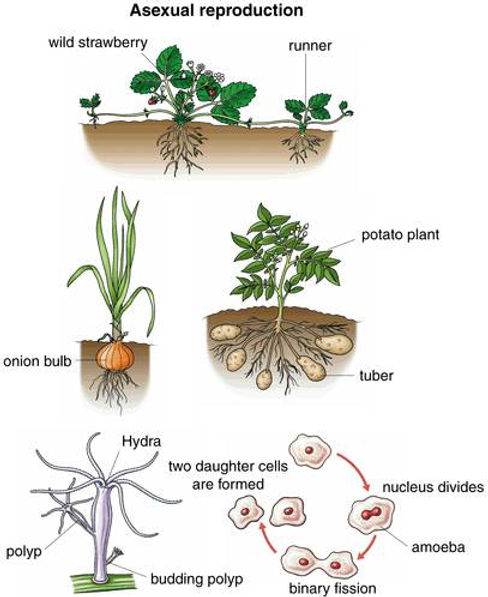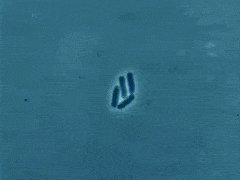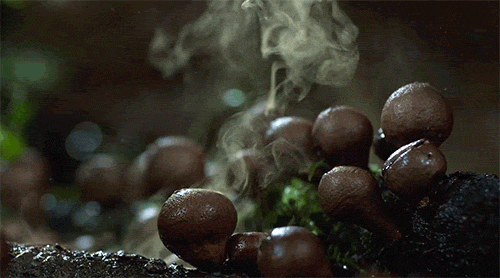

Reproduction
During this unit, students will compare and contrast the processes of asexual and sexual reproduction. They will also
learn the structure of reproductive organs as well as the function of the organs on the reproductive, endocrine and
immune systems. This knowledge leads to the study of how environmental and physical factors impact and contribute
to biodiversity. At the end of the unit, students should be able to describe the genetic product of cell division and its
implications in terms of diversity of life.
CELL CYCLE
CELL CYCLE AND DNA READING
Why is cell division important?
All living things are made up of cells. Many organisms start as one cell. The cell divides and becomes two cells, two cells become four, four become eight, and so on. Through the process of cell division, the organism grows. Cell division is still important after an organism stops growing. For example, every day billions of your red blood cells wear out and are replaced through cell division. During the time it takes you to read this sentence, your bone marrow produced about six million red blood cells. Cell division is the way a one-celled organism makes another organism of its kind. When a one-celled organism reaches a certain size, it reproduces by dividing into two cells.
CELL CYCLE

MITOSIS
What are the results of mitosis?
There are three important things to remember about mitosis and cell division. First, mitosis is the division of a nucleus. Second, it produces two new nuclei. These nuclei are identical to each other. They have the same number and type of chromosomes as the original nucleus. Every cell in your body, except sex cells, has a nucleus with a copy of the same 46 chromosomes—23 pairs. This is because you began as one cell with 46 chromosomes in its nucleus. Third, the original cell no longer exists.

What is a chromosome?

ASEXUAL REPRODUCTION
The way an organism produces others of its kind is called reproduction. Among living organisms, there are two types of reproduction—sexual and asexual. Sexual reproduction usually involves two parent organisms. In asexual reproduction, a new organism (sometimes more than one) is produced from only one parent organism. The new organism has the same DNA as the parent.
METHODS OF ASEXUAL REPRODUCTION

BINARY FISSION

GRAFTING

SPORULATION


BUDDING

SEXUAL REPRODUCTION
A new organism can be produced through sexual reproduction. During sexual reproduction, two sex cells, sometimes called a sperm and an egg, come together. Usually the sperm and the egg come from two different organisms of the same species. Sex cells are formed in reproductive organs. The male reproductive organ forms sperm. The female reproductive organ forms eggs. The joining of a sperm and an egg is called fertilization. The cell that forms from fertilization is called a zygote (ZI goht).
MEIOSIS & SEX CELLS
MEIOSIS & MITOSIS
COMPARING MITOSIS & MEIOSIS

MEIOSIS: 2 VIEWS

